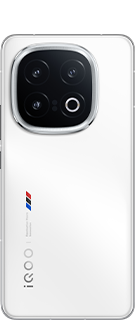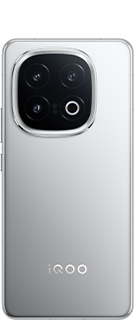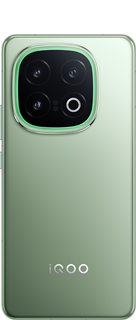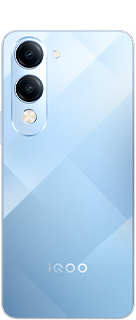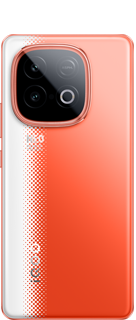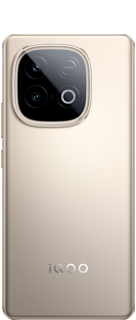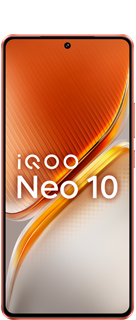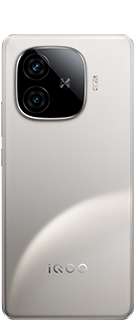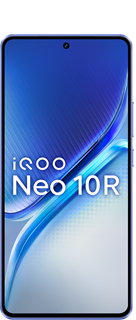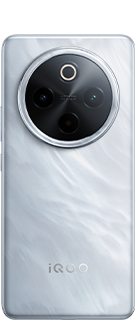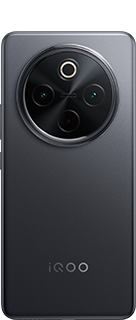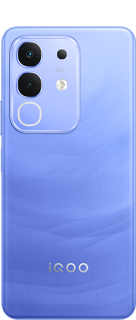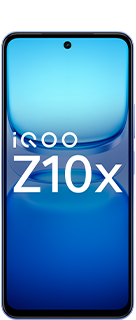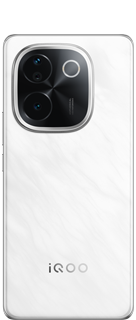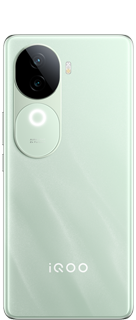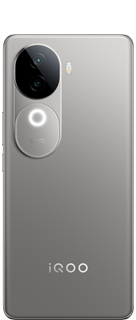Everything You Need to Know About NFC

Hi iQOO Questers one more tech thread from me do you know about NFC, i am working in Super Market some of people bring NFC enable card this was easy to pay contactless payment just tap card on PoS Payment machine you made successful payment but I think there is limit for transaction and transaction amount by using i don't know what is limit but just excited for this technology i remember my old days when I using basic phone some my friends using colour display phone those phone have one feature in their phone it called Infra net they using for phone to phone data transfer using this feature both phone put very near to transfer files i think NFC is upgraded feature of Infra Net
What's Now?
Communication and data transmission play a vital role in today’s digital era. It makes the transmission of information possible from one device to another and from one place to another. With a large amount being stored and transmitted every day, it requires proper communication protocols. Communication has been evolving constantly. We’ve come a long way from using messengers to wired communications and then to wireless modes. Yet, we still keep advancing in various wireless methods of communication. Wireless communication is the transfer of data eliminating the use of wires and cables. The different types of wireless communications include satellite communication, infrared communication, broadcast radio, microwave communication, Bluetooth technology, etc. One such advanced technique is the Near Field Communication or NFC. NFC is used for the transmission of data using radio waves especially, for shorter distances.

What is NFC?
NFC allows communication between two electronic devices such as phones, smart watches, etc. placed at very short distances, say up to 10 cm. It enables the exchange of digital content and connects electronic devices. NFC technology also ensures secure transactions. It uses radio waves for transferring data or information from one device to another. Radio waves are a type of electromagnetic radiation with the longest wavelength. To sum up, NFC basically extends RFID (Radio Frequency ID tags) and contactless capabilities with more dynamic features enabled by modern smartphones. The most common applications that use NFC include payment apps like Google Pay or Apple Pay. NFC can complement the existing wireless technologies in the smartphones like Bluetooth, Wi-Fi Direct, etc
How Does NFC Work?
It involves a sender and receiver communicating over radio waves. The two components present are the NFC tag and the NFC reader. The data is exchanged in NFC data exchange format. The NFC tag sends radio waves to the receiving device. The NFC tag usually consists of an antenna along with an IC (chip), PET substrate, adhesive package and release liner. This activates the antenna present in the latter. The receiver then reads and validates the information. The NFC tags can be read and written. They contain between 96 and 4,096 bytes of storage depending on the type of tag.
The NFC data reader connects to only one tag at a time to avoid any error in the transactions. Payment transactions are encrypted and secured. Hence, the card details are safely stored.
NFC Applications
Near Field Communication Technology solves various problems faced at different points across multiple industries. A few specific places where NFC is applied are listed below.
1.Contactless Payments
The most commonly used Google Pay is one of the best examples that uses NFC. Near Field Communications make transactions fast, easy, safe and secure. It allows mobiles, tablets, laptops, smart watches, and other Androis and iOS devices to make payments as it can communicate with NFC-enabled readers. The transaction by NFC is initiated not by reading a magnetic stripe on a card, but by having an NFC reader send a signal that’s picked up by an NFC antenna on an NFC-enabled device. Through a point-of-sale (POS) system, the reader is initiated and the transaction takes place. They are convenient for businesses and customers.
2.Transit
NFC technology could be enabled in public transport systems for ticketing purposes. We must have observed just striking a card or scanning a QR code while getting into a metro train. Here, very quick transactions take place in a fraction of a second and the amount for your travel is deducted. Near Field Technology can play a crucial role in these places. NFC should be enabled in your smart card which is read by a receiver placed at the station. Instead of a smart card, it can also be linked to a smartphone wallet or a QR code. It can also be enabled on other devices such as smartwatches.
3. Attendance
Another application of the Near Field Communication is to record the attendance. The working is similar to the previously mentioned applications, except it involves no transaction of money. When the signal is exchanged between the sender and receiver, the attendance is marked. The NFC enabled mobile device or a smart card initiates the signal when scanned at the entry point. The NFC tag sent is received by the receiving antenna at the entry. This quick process can record the entry time along with other particulars to record the attendance.
4. Access Control
There is always access cards in companies to allow respective people into the particular office space. NFC Technology can play a vital role in such access control eliminating any huge set ups. Instead of cards, mobile applications in the smart phones could be used to open the doors. NFC can identify people who access select floors and areas. Not just in office, this application can be used in hotels too to avoid tedious check-in process. The customers can check-in via a mobile application. When approved, they can use their smart phones to open the doors that are NFC-enabled. This can reduce labour and also eliminate keys or key cards.
5. Security system
The most common verification systems used are the One Time Passwords (OTPs). NFC can simply serve as an alternative. NFC tags and companion mobile applications can be used to create a verifiable repositories. When NFC tags in your laptops, PCs or website logins is scanned, the signal exchanged can verify the identity easily. This little scan is an easy process and acts as a safety barrier.
Similarly, the same mechanism can be applies in different places like trials, checkpoints, ticketing, product status, etc.
Limitations of NFC
Though NFC has got its own advantages, there are a few cons of the technology. It is important to know the limitations too. They are as follows.
Shorter Range:
The range in which NFC could be used to communicate is very short. Hence requires both devices to be very near for the transaction or the communication to be successful.
Expensive:
It is relatively expensive for small businesses or companies to afford NFC-Enabled devices.
Data transfer rates:
It would be best option for lesser data transfer rates. It is because NFC can offer only data transfer rate which is about 106 or 212 or 424 Kbps.
Fradulent:
NFC can lack security at times and leave way for fraudulent activities.
Phone glitches:
It requires the phone to be unlocked until the data exchange is done. If the smart phone automatically locks, then then NFC won’t work.
How Does NFC Differ From Other Wireless Technologies?
NFC works on the principle of information transformation over radio waves and is said to be a subset of RFID. Near Field Communication is one of the wireless technologies. However, it significantly differed from others in many aspects. For instance Wi-fi is a wireless technology that has a wider range than NFC. Bluetooth that also uses radio waves similar to NFC has wavelength less than that of NFC. NFC is secure than Bluetooth as the latter has a wider range allowing access to hackers at a few circumstances.
Do you use Infra Net and NFC 🤔
Thank you 🙏
Please sign in
Login and share
